SUMMARY
This is AI generated summarization, which may have errors. For context, always refer to the full article.
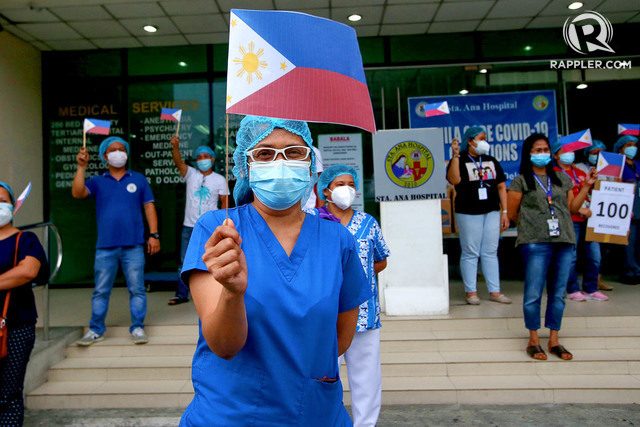
Medical frontliners alarmed by the steep and quick rise of coronavirus cases in the Philippines have drawn up a list of key areas the government should address to prevent the country’s condition from turning for the worse.
In laying down 7 issues to address in the government’s pandemic response, health workers stressed the country’s health system was at stake as the recent surge in cases have left hospitals in critical condition.
Medical workers urged the government to tighten quarantine restrictions in Mega Manila to provide time for drawing up a fine-tuned plan. Scattered strategies and the continued lifting of quarantine restrictions, they warned, saw the country “waging a losing battle against COVID-19.”
Though angered by their call, President Rodrigo Duterte eventually relented and placed Mega Manila – Metro Manila, Laguna, Cavite, Rizal, and Bulacan – under a two-week modified enhanced community quarantine (MECQ) from August 4 to 18 to address pandemic strategies and combat the further rise in cases.
But for the two-week timeout to be effective, medical workers emphasized that unlike a heavily police- and military-led response, a “medical quarantine” led by medical professionals “with clear health goals and outcomes” was needed.
In listing critical areas of the current outbreak response, medical workers urged collaboration with the government to arrest the continued widespread transmission and maximize the MECQ.
(This list will be updated as more information comes in.)
Hospital workforce deficiency
Why it matters: While the government is calling on hospitals in Metro Manila and Calabarzon to keep increasing their capacity to accept coronavirus patients, there are only so many patients a facility can take as manpower remains limited.
With a rise in cases, health workers are also not immune to exhaustion or risks of picking up the virus. In some of the best public and private hospitals in the country, medical workers have resigned or gotten sick while vacancies are tough to fill in.
How government is responding: The Department of Health (DOH) said it is creating a rapid response team of trained medical workers who can help prevent hospitals in Metro Manila from being overrun.
Some approaches being considered include creating a health worker reserve and employing a “substitution scheme” where workers are moved from ”station-specific to non station-specific assignments.” What this essentially means is, if implemented, health workers won’t be stationed permanently at a particular health facility and will instead be mobilized to augment response where needed.
In line with addressing the lack of hospital workforce, the DOH is also seeking to implement the following measures aimed at providing improved support for workers:
- Under the proposed Bayanihan 2, free life insurance and P10,000 to P15,000 hazard pay
- Free accommodation and transportation to and from health facilities
- Free and frequent routine testing
- Extension of contracts from 3 to 6 months
- Agreements with private hospitals to deploy more workers to facilities with fast rising occupancy rates

Case finding and isolation
Why it matters: Medical workers said an over reliance on rapid tests in workplaces and local government units may have contributed to the increase in cases as the tests are known to have a high incidence of false negative results. Actual positive cases that go undetected in patients who don’t show symptoms, for instance, contribute to the virus’ spread in communities.
Health workers pointed out that patients with symptoms are reportedly being denied reverse transcription polymerase chain reaction (RT-PCR) tests while those confirmed positive by such tests are being turned away from isolation centers.
How government is responding: Through its “coordinated response to defeat epidemic” (CODE) operations, the DOH said it will deploy community engagement activities to promote health practices, do house-to-house symptom checks to find active cases, RT-PCR tests those with symptoms, and facilitate isolation required for patients.
This is a similar strategy it’s taken in preventing other diseases like dengue and measles, where health workers in communities emphasized behavioral practices and conduct door-to-door health activities.
Those needing admission in temporary treatment and monitoring facilities will be assisted through the agency’s “one hospital command” that includes a more robust referral system among health facilities. This is supposed to avoid flooding hospitals and will allow critical care resources to be reserved for severe cases.
In a forum on Tuesday, August 4, Dr Lei Camiling-Alfonso, a technical specialist of the Philippine Science of Public Health Physicians (PSHSP) said medical societies and the DOH also agreed to strengthen tele-consultation services to provide adequate care to people outside health facilities.
Contact tracing and quarantine
Why it matters: Differing guidelines and an uneven response have left the nation’s contact tracing program “failing miserably,” medical workers said. While official guidelines exist, health workers lamented that compliance is optional for most local governments.
This was seen in tracing czar and Baguio City Mayor Benjamin Magalong’s survey that found only 0.69% or 4 of 614 local governments that answered a survey sent to 1,800 localities had a “good contact tracing system in place.”
How government is responding: The National Task Force COVID-19, along with its chiefs, implementers, and anti-COVID czars, said aggressive contact tracing, coupled with testing, will be done in areas under localized lockdowns. These “hard lockdowns,” coronavirus task force spokesman Harry Roque said, can exist alongside the MECQ.
Magalong earlier vowed to “radically change” the country’s contact tracing system by applying his tested strategy nationwide. This involves the used of an “e-contact tracing system” and a comprehensive method of questioning.
The government still needs to hire 83,000 more tracers to meet the 1:800 ratio prescribed by the World Health Organization.
Meanwhile, Camiling-Alfonso said medical groups were also working with the DOH on improving contact tracing methods and strengthening coordination and implementation of best practices in local governments.
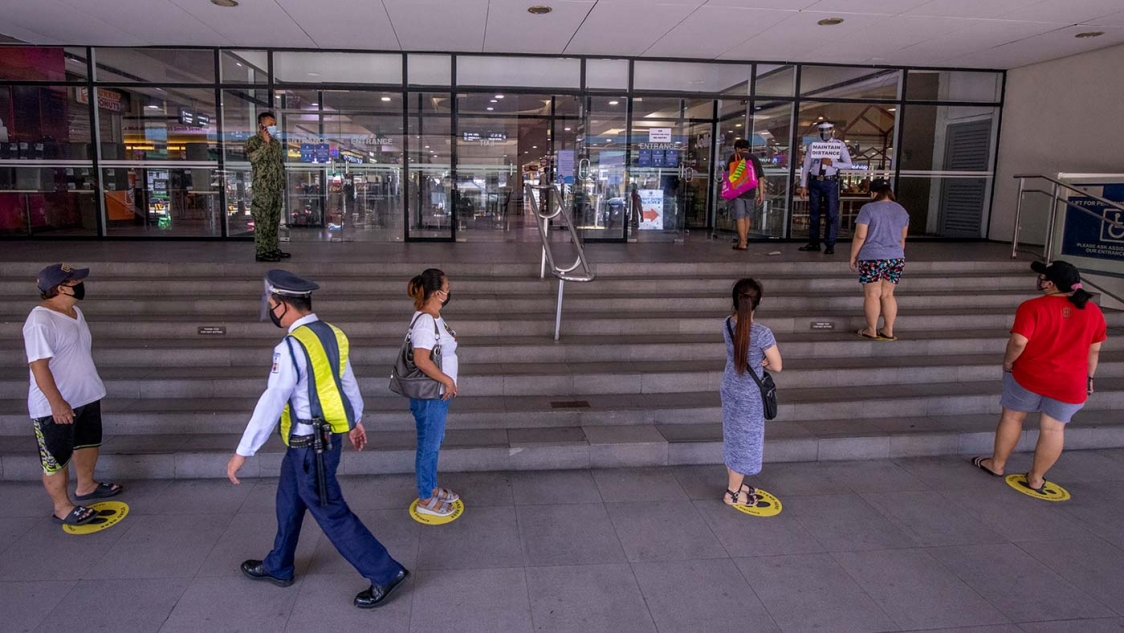
Transportation safety
Why it matters: Among the factors behind the recent surge in cases is the increased mobility among people and lack of safe transport options that would allow commuters to practice physical distancing.
As workers step out daily to earn a living, they’ll need safe options that decrease the chances of them getting sick.
Medical workers said proposed solutions for this can include pop up bike lanes, installing barriers for bikers in major roads, and simply ensuring there are pedestrian lanes.
How government is responding: No comprehensive strategy yet.
As mass public transportation is shut down following the MECQ, many workers are left to fend for themselves, illustrating the lack of safe transport options.
Under MECQ, only shuttles or private vehicles contracted by companies are among transport that can operate. In the meantime, the transportation department put the burden on the private sector to provide rides for their workers.
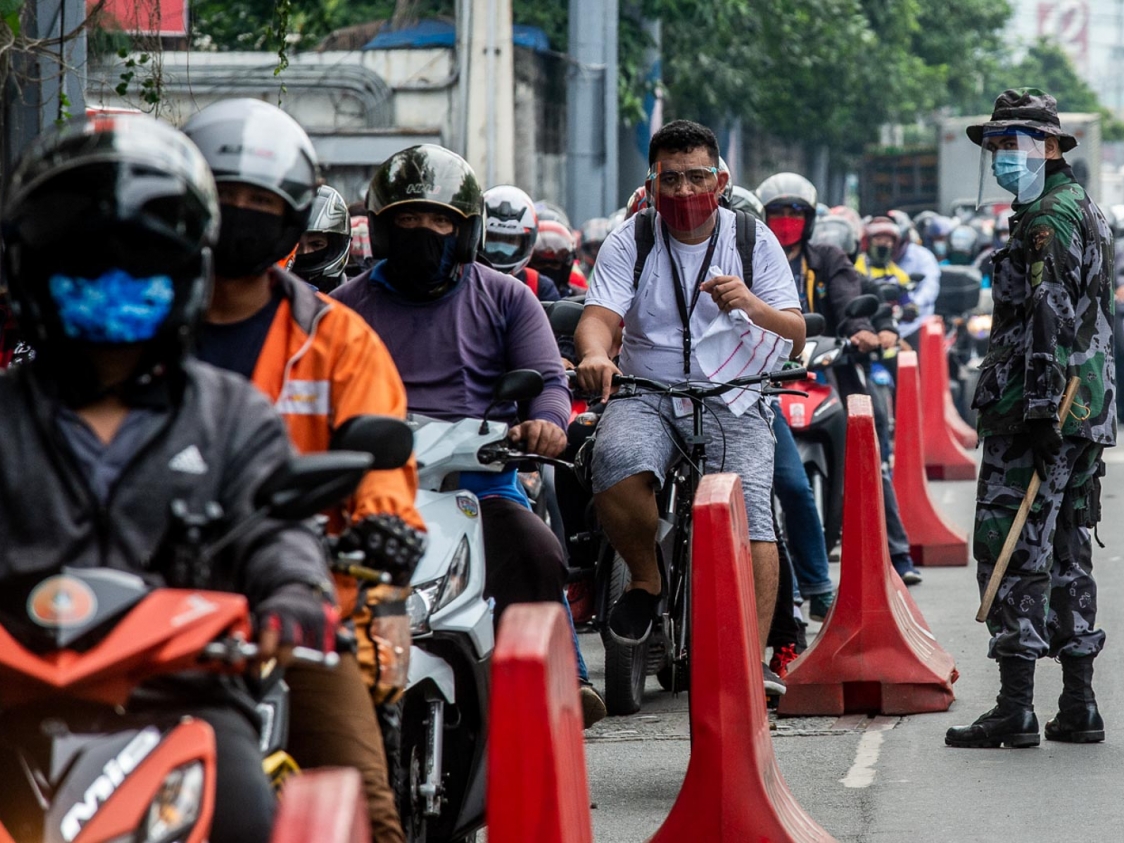
Workplace safety
Why it matters: Not all workers are guaranteed a safe environment where there is sufficient protection against catching the disease. Health workers pointed out that safety measures are often only assured in high-income jobs while for most low-wage earners, there is clear failure to ensure health safety.
Among the 887 clusters the DOH was monitoring nationwide as of Monday, August 3, 63 were in workplace settings. There were also 741 in communities, which government officials said, may have also come from those who go to work in places where the disease may linger.
The use of rapid tests as clearance to return to work was likewise not advised.
How government is responding: PSPHP’s Dr Aileen Espina said testing czar Vince Dizon agreed to further review the use of rapid antibody test kits. Espina said discussions on other types of tests and testing strategies that may be deployed are also taking place.
Aside from this, officials are to distribute some 20 million face masks to poor communities. Government agencies and companies are also expected to reinforce minimum health standards like frequent hand washing and physical distancing, aside from wearing masks.
The DOH supported the medical community in warning against overconfidence in rapid test kits that can undermine response like case finding and isolation of confirmed cases.
Public compliance with self-protection measures
Why it matters: Medical workers said weeks of continued lifting of quarantine restrictions and reclassifying of businesses that allowed them to open fueled misplaced notions that the pandemic is letting up.
If the country keeps reopening without following minimum health standards like mask wearing and physical distancing, they warned, the decline in observing these practices will push the country “to become the next New York City.” The American city was once the epicenter of the United States’ outbreak, where patients died at home or in stretchers, unable to find vacancies in health centers.
How government is responding: The DOH continues its “BIDA” solution campaign to stress the need for behavioral change in observing health practices. It also emphasized the role of individuals as the “first line of defense” against COVID-19.
DOH Undersecretary Maria Rosario Vergeire, in a briefing on Monday, August 3, said: “These are small acts of kindness that will have a big impact on preventing the spread of COVID-19. We know that many Filipinos have been complying with these guidelines and we thank you.”

Emergency assistance for vulnerable groups
Why it matters: Daily wage earners and low-income households will need assistance to get through the next two weeks of MECQ.
Medical workers asked that government agencies support the most affected by the temporary tightening of quarantine restrictions.
How government is responding: No immediate relief yet.
As of Monday, August 3, Roque said any cash assistance or aid will be included in the proposed Bayanihan 2 law. He added that government needs legal basis to distribute funds. In the meantime, according to him, local governments are ready to help deliver assistance.
In his speech on Sunday, Duterte was less optimistic. His Cabinet was pushing for the inclusion in Bayanihan 2 of the assistance, he said, but that for now, “We are scraping. Wala na tayo.” (We have no more.)
The government’s main agency tasked to deliver funds is also yet to meet its target as over 4.5 million families are still waiting for the second tranche of the government’s emergency subsidy program. – Rappler.com
Add a comment
How does this make you feel?
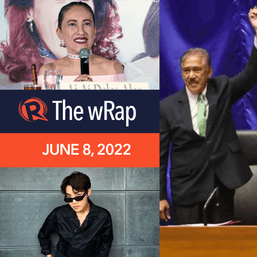
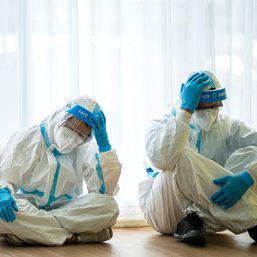
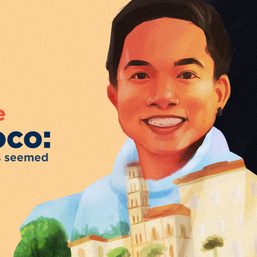
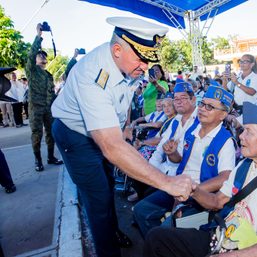
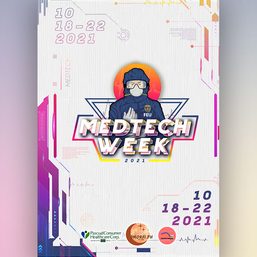
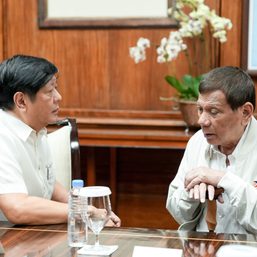
![[The Slingshot] Alden Delvo’s birthday](https://www.rappler.com/tachyon/2024/04/tl-alden-delvo-birthday.jpg?resize=257%2C257&crop=263px%2C0px%2C720px%2C720px)
![[EDITORIAL] Ang low-intensity warfare ni Marcos kung saan attack dog na ang First Lady](https://www.rappler.com/tachyon/2024/04/animated-liza-marcos-sara-duterte-feud-carousel.jpg?resize=257%2C257&crop=294px%2C0px%2C720px%2C720px)
![[Newsstand] Duterte vs Marcos: A rift impossible to bridge, a wound impossible to heal](https://www.rappler.com/tachyon/2024/04/duterte-marcos-rift-apr-20-2024.jpg?resize=257%2C257&crop=278px%2C0px%2C720px%2C720px)

There are no comments yet. Add your comment to start the conversation.